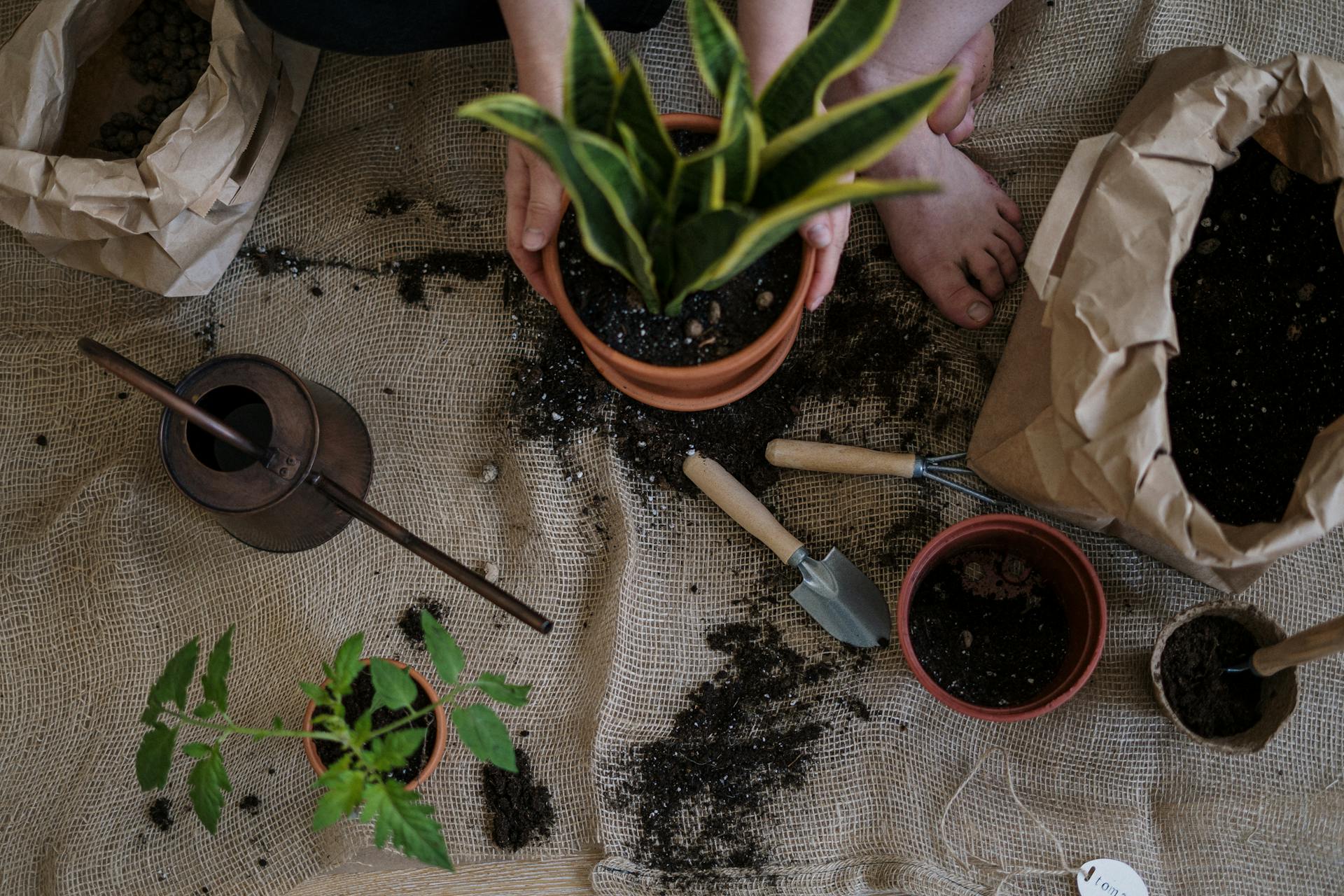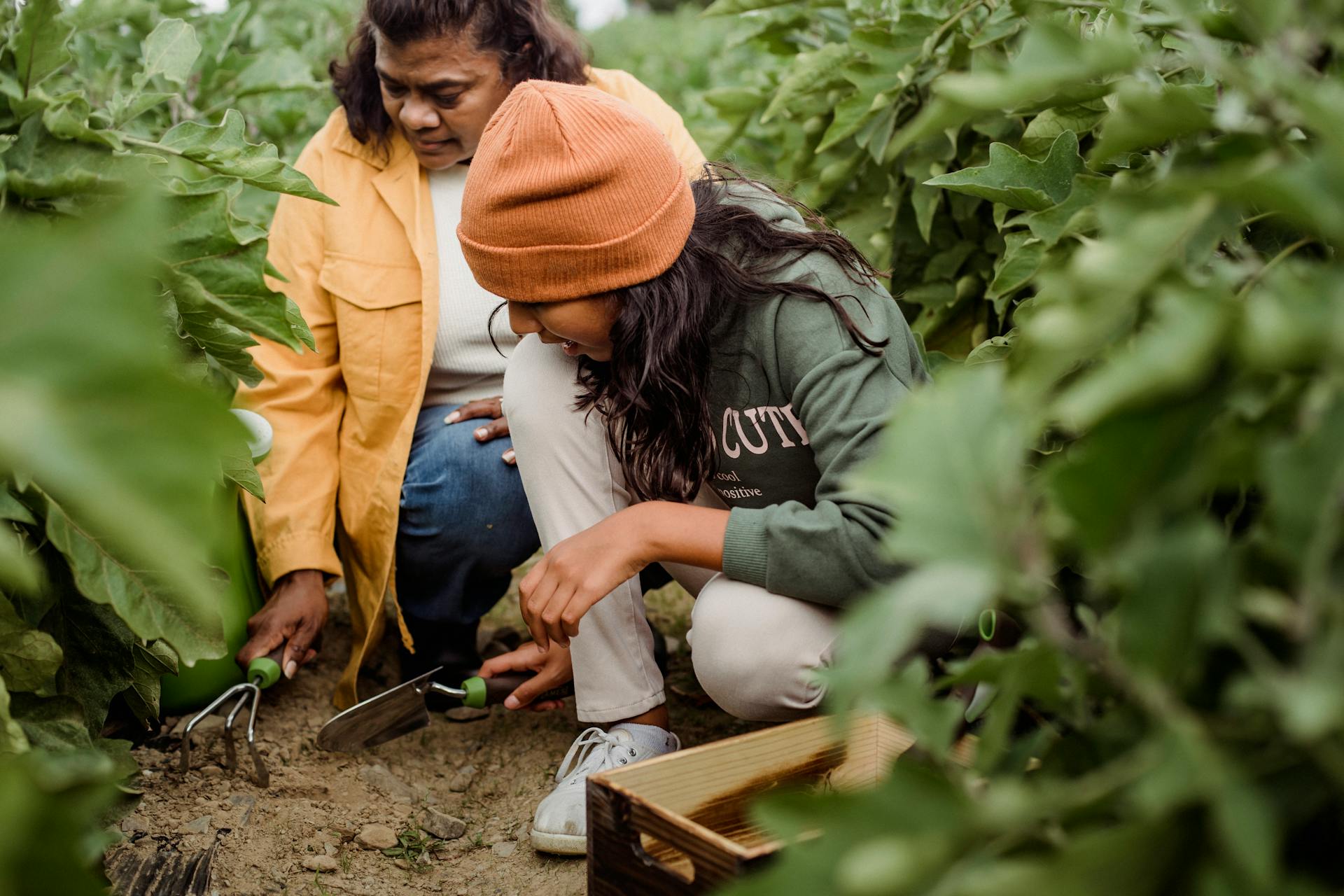Gardening is both an art and a science, requiring careful planning and knowledge to achieve a thriving and productive garden. One of the most effective techniques to optimise growth, improve yields, and naturally protect plants from pests is companion planting. This method involves strategically placing plants together based on their ability to support each other’s growth. In this guide, we’ll explore the benefits of companion planting, how it works, and the best plant pairings to consider for your garden.
Companion planting is more than just placing plants next to each other; it’s about creating a balanced ecosystem that mimics nature’s biodiversity. Some of the major benefits include:
Now, let’s take a look at some of the best companion planting combinations.

One of the most well-known companion planting pairs is tomatoes and basil. Basil enhances the flavour of tomatoes while repelling pests like whiteflies, mosquitoes, and aphids. Additionally, the strong aroma of basil helps deter tomato hornworms, keeping your crop safe.
Other Companions for Tomatoes: Carrots, onions, marigolds, and chives.
Avoid Planting With: Cabbage and corn, as they can attract pests that harm tomatoes.
Carrots and onions make a fantastic pair because they protect each other from common pests. Onions deter carrot flies, while carrots help repel onion flies.
Other Companions for Carrots: Lettuce, radishes, and leeks.
Avoid Planting With: Dill, as it can stunt carrot growth.
This ancient companion planting method, traditionally used by Indigenous peoples, provides mutual benefits to each plant:
Other Companions for Corn: Sunflowers and cucumbers.
Avoid Planting With: Tomatoes, as they compete for nutrients.
Dill enhances the growth of cabbage and repels cabbage moths, making it a great pairing. However, keep dill away from carrots as it can negatively affect their growth.
Other Companions for Cabbage: Celery, onions, and chamomile.
Avoid Planting With: Strawberries and tomatoes, as they attract unwanted pests.
Radishes help break up the soil, making it easier for lettuce roots to spread. Additionally, radishes deter pests like aphids that commonly attack lettuce.
Other Companions for Lettuce: Carrots, cucumbers, and chives.
Avoid Planting With: Parsley, as it competes for nutrients.
Horseradish is an excellent companion for potatoes as it repels potato beetles and enhances disease resistance.
Other Companions for Potatoes: Beans, corn, and cabbage.
Avoid Planting With: Tomatoes and cucumbers, as they are susceptible to the same diseases as potatoes.

Herbs also benefit from companion planting. Here are some great pairings:
Tip: Be careful with mint—it spreads aggressively, so consider planting it in containers.
Flowers aren’t just for aesthetics; they also provide benefits in the vegetable garden:

While companion planting has numerous benefits, it’s important to avoid these common mistakes:
Companion planting is a game-changer for gardeners looking to create a sustainable and productive garden. Whether you’re growing vegetables, herbs, or flowers, understanding which plants thrive together can significantly improve your yields while reducing pest problems naturally.
If you’re looking for high-quality garden supplies, pesticides, fungicides, or landscaping products in the Gold Coast, visit Garden Nursery Products. We offer everything you need to create a thriving and healthy garden.
Added to cart
Check out our shop to see what's available